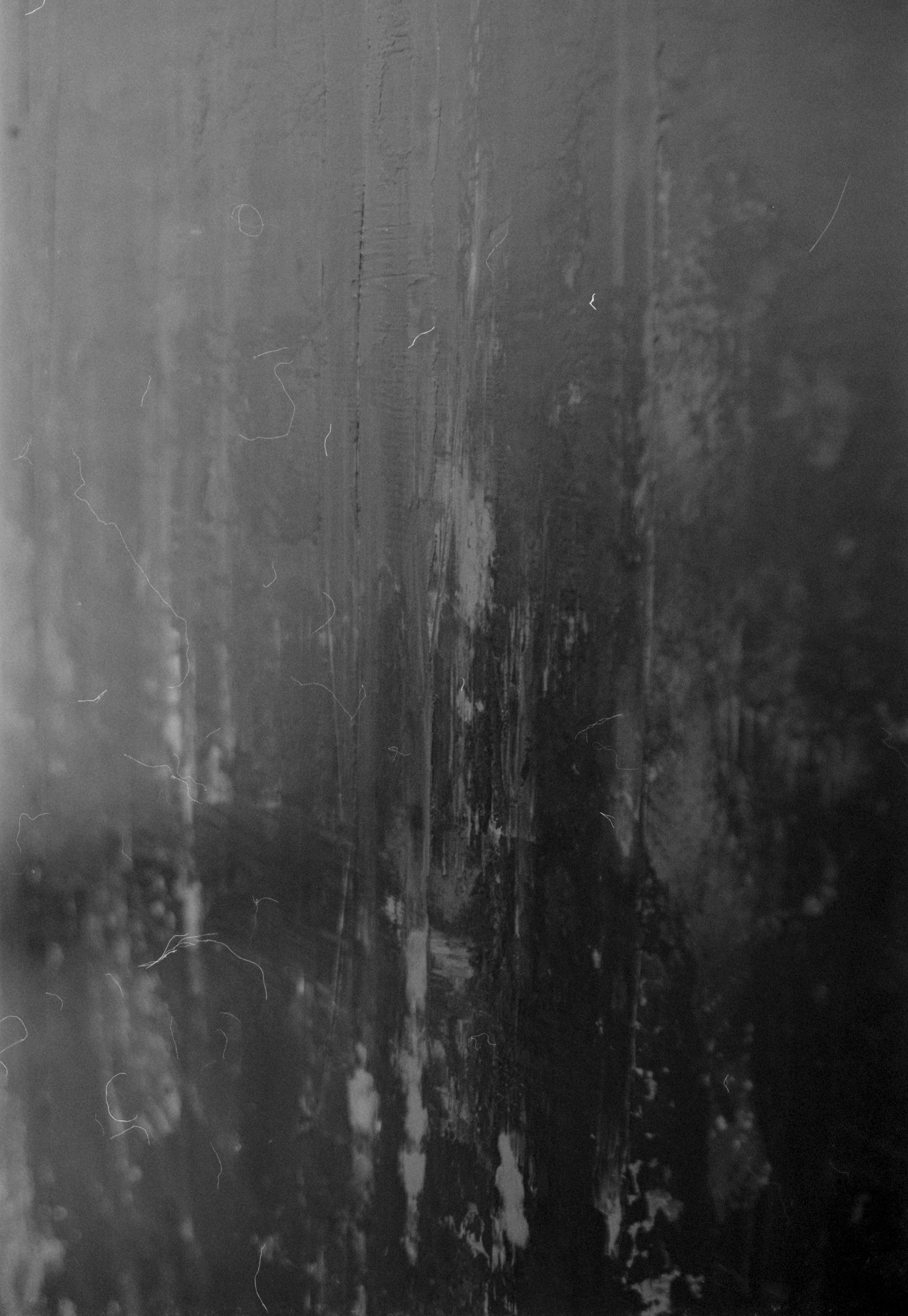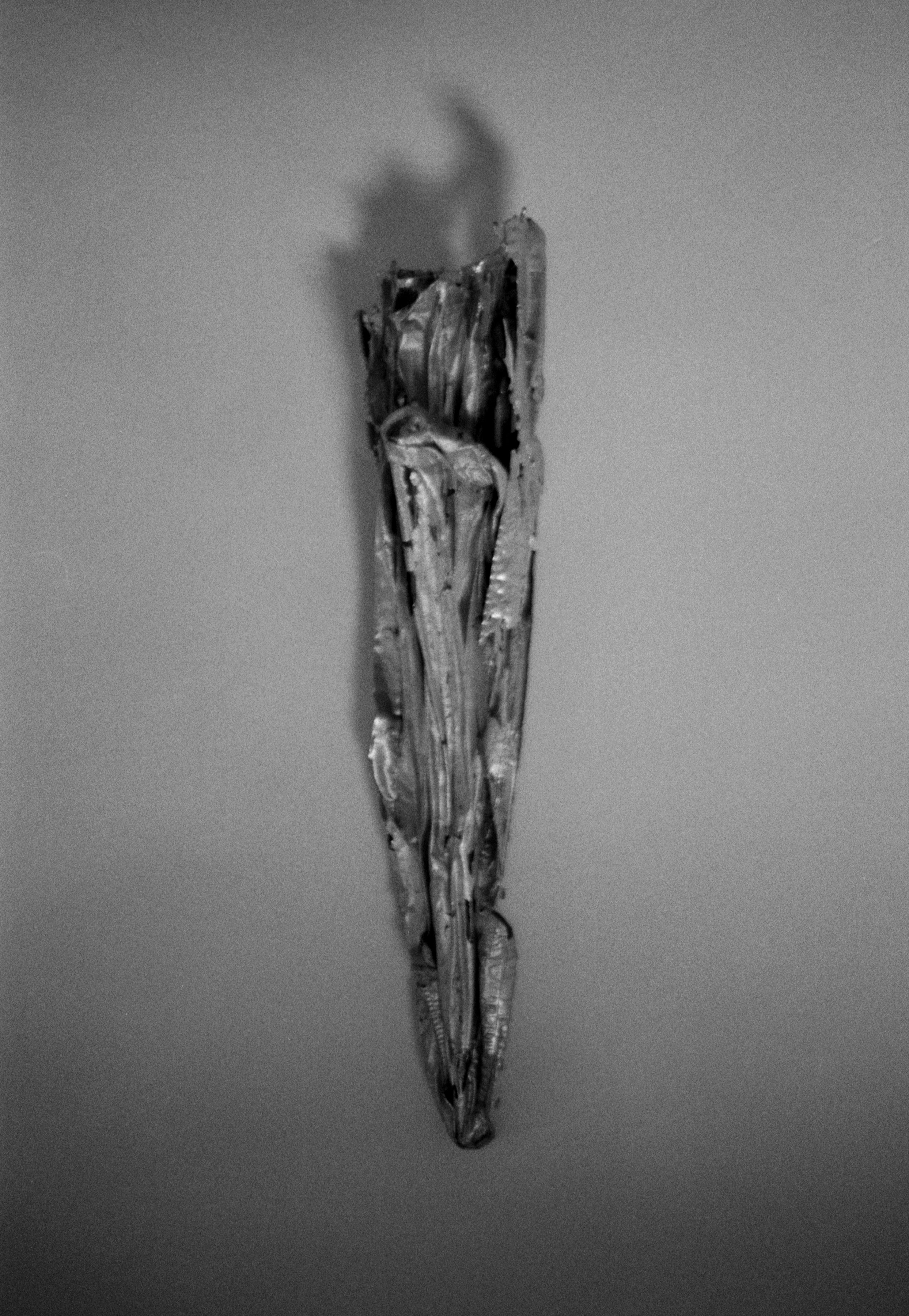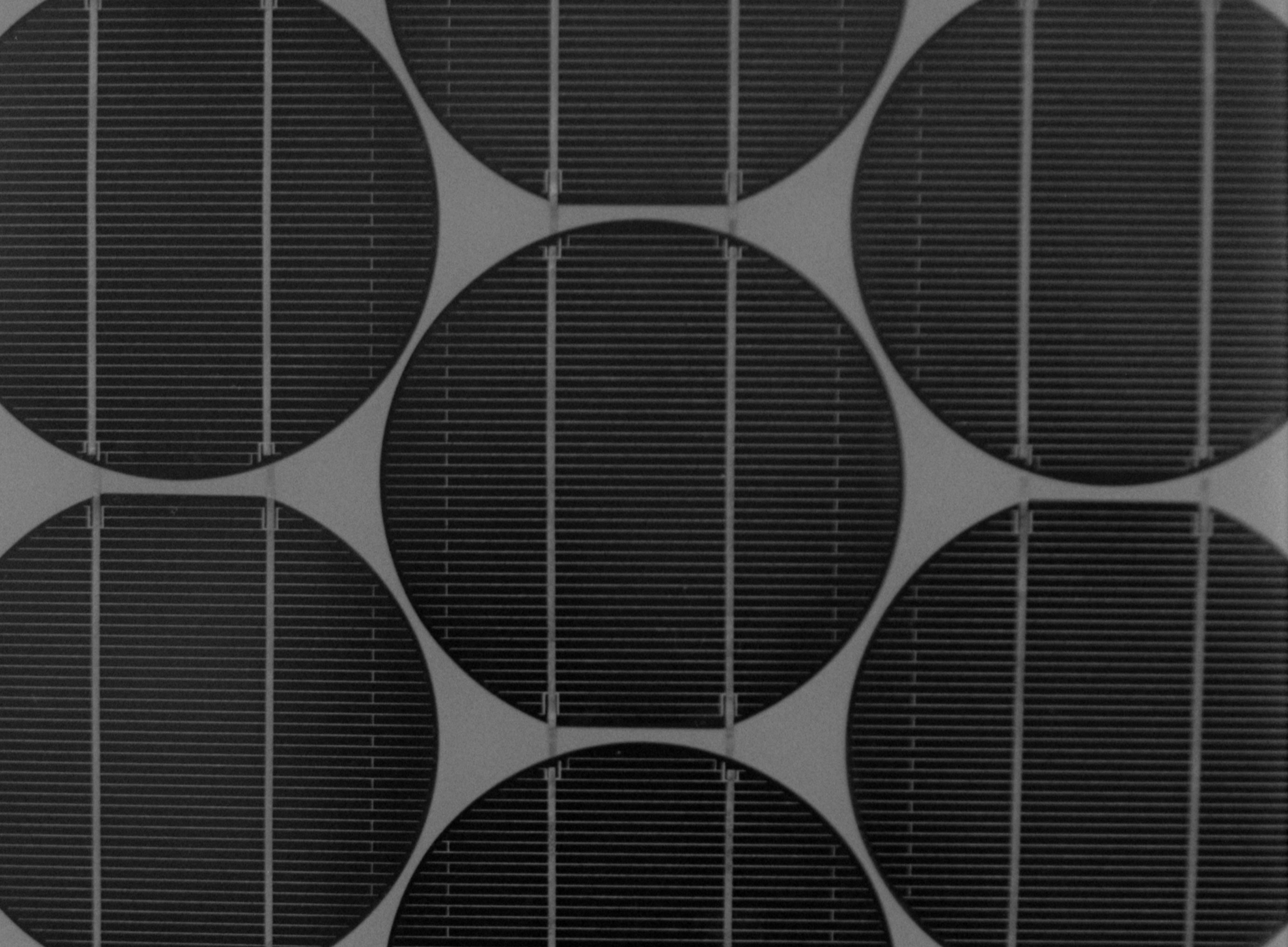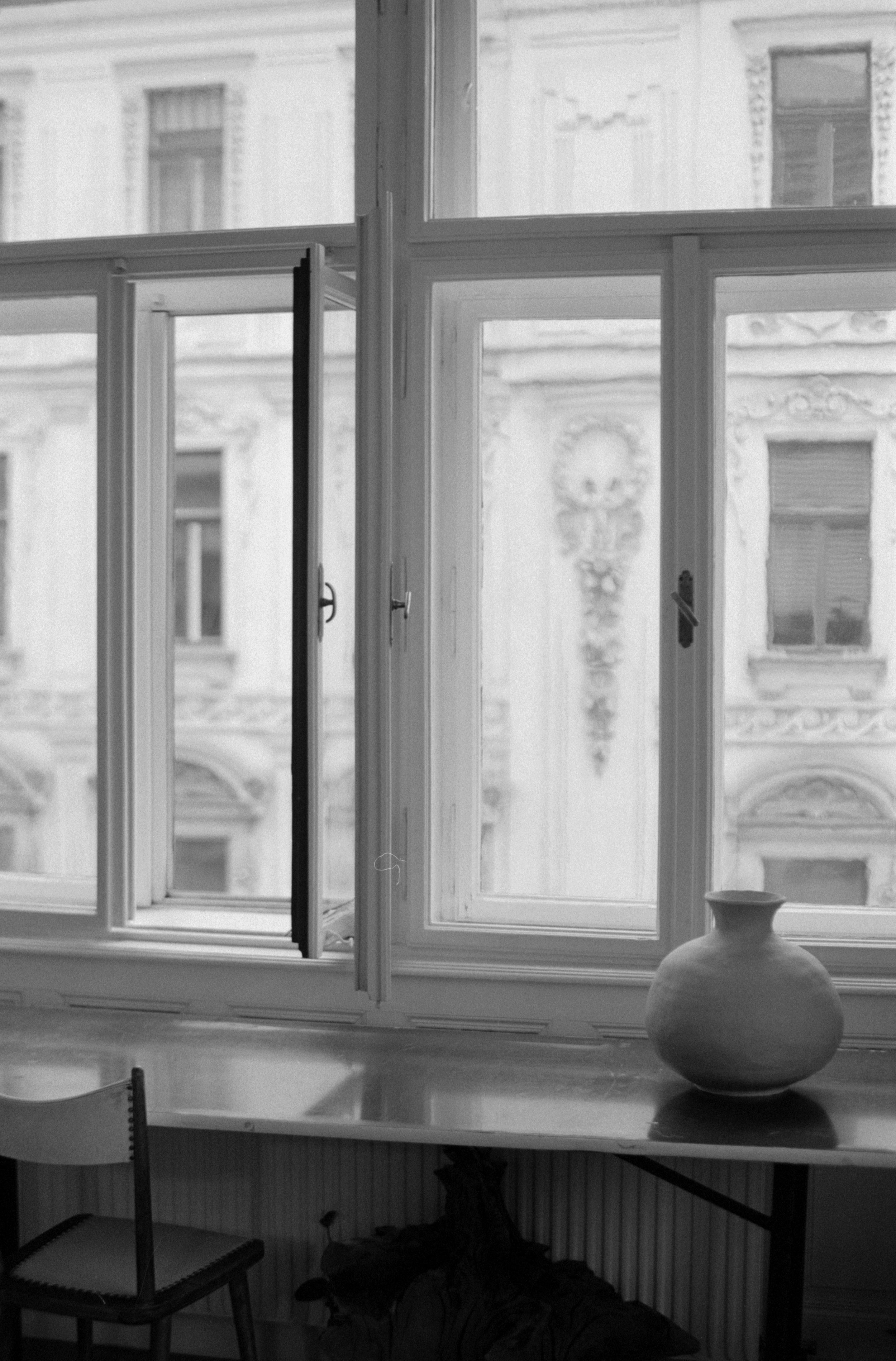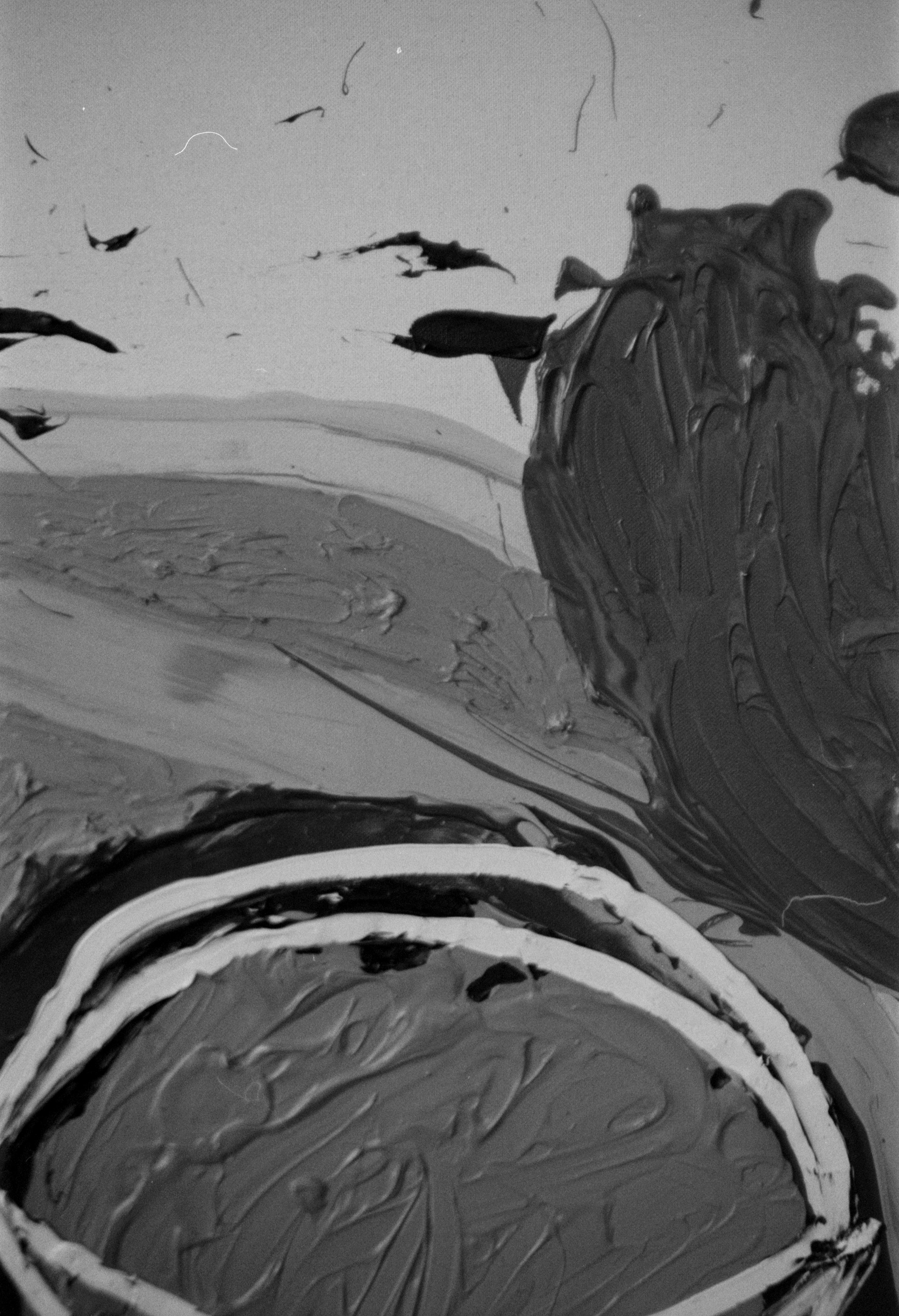LOSING
CONTROL
at Vienna Art Week
in partnership with VIENNA TOURIST BOARD
visit VIENNA TOURIST BOARD for more information
shot on location in VIENNA
Last November, Vienna was all about art: for ten days, the VIENNA ART WEEK presented a top-class artistic program ranging from exhibitions and performances to talks and lectures, guided tours and special programs. This years’ art week was themed ‘Losing Control’—a topic that deals with the creative examination of experienced or threatened loss of control and has to be reconsidered in the context of the pandemic and the climate crisis.
Quite appropriately, a very unique and unusual location was used this year for the main exhibition of Vienna Art Week—A former car dealership including workshops and outbuildings not far from the Augarten in Vienna’s 20th district became the venue for the exhibition.
Among many others, Ruth Anderwald + Leonhard Grond, Ramesch Daha, Christian Eisenberger, Gelitin, Soli Kiani, Jyoti Mistry, Bruce Nauman, Javier Téllez and Erwin Wurm are represented with works. Parallel to this, the opening weekend offered the opportunity to visit ten studios of Vienna-based artists. Participants in the Losing Control Exhibition Parcours include Denise Rudolf Frank, Les Tardes Goldscheyder, Ernst Logar, Markus Redl and Hubert Scheibl.
Real Estate
by Veronika Dirnhofer, Cristina Fiorenza, Anna Khodorkovskaya,
Stefanie Koemeda, Sascha Alexandra Zaitseva, 2021
Vienna, Austria
Gallery Hubert Winter was opened on February 28, 1971 in the premises of a former dairy store in Vienna 1, Seilergasse 19 (located today in Breite Gasse 17). In the 70s, the gallery prominently exhibited works by Arnulf Rainer, Heinz Frank, Picabia, Panamarenko and Henri Michaux.
The gallery is currently showing a solo exhibition by Viennese artist Judith Fegerl (born 1977). solar is the final in a series of three exhibitions, following Injury by James Lewis and Escape From Source by Joel Fisher, on the role and exploration of materiality in artistic creation and its sculptural potential. In Judith Fegerl’s work, energy, mostly in electrical form, becomes the image-creating force. Technical materials are subjected to transformative processes, the effects of which are inscribed layer by layer in the structure or on the surfaces of the resulting sculptures and installations.
THE GALLERY IS CURRENTLY SHOWING A SOLO EXHIBITION BY VIENNESE ARTIST JUDITH FEGERL. solar IS THE FINAL IN A SERIES OF THREE EXHIBITIONS.
Vienna Art Week was founded in 2004 as part of the Art Cluster Vienna association. Art Cluster Vienna pursues the goal of bringing Vienna as a city of art into the focus of the national and international public. Art Cluster Vienna is an association of the most important art institutions in the city. As a hub for visual arts, Vienna Art Week presents the significance, diversity and depth of content of Vienna-based art institutions, academies, galleries, art spaces and artists.
Every year in November, Vienna Art Week culminates for one week as a festival with around 200 events, hosted by 70 program partners, and a total of 35,000 visitors. The program ranges from exhibition openings, studio tours, lectures and discussions to symposia and interventions in public space
solar
by Judith Fegerl, 2021
Vienna, Austria
Galerie Hubert Winter
Breite Gasse 17
Vienna, Austria
THE OBJECTS EXHIBITED BY BERND OPPL SHOW HOW HUMAN EMOTIONS ARE PROJECTED ONTO THE ARCHITECTURE AND INTERIORS THAT SURROUND US.
Galerie Krinzinger was founded in 1971 by Dr. Ursula Krinzinger. Since then she has organized numerous exhibitions of national and international artists in solo, group and thematic shows. The primary focus and source of the gallery’s program is, among others, international performance and body art.
The gallery has represented Marina Abramovic since 1975 and Chris Burden since 1992. Currently Galerie Krinzinger shows two sensational exhibitions: Der lange Morgen by Hans Schabus and Background by Bernd Oppl. Hans Schabus makes artworks that curiously play with his experiences of the cosmos. His own surroundings are often referenced when he builds ideas out of scant or quotidian materials. Entitled Der lange Morgen, the exhibition features works created during the Corona Pandemic.
In the project, he combines film, heavy printing plates, and a garage door. The works deal with the individual and social effects of the pandemic. The objects exhibited by Bernd Oppl show how human emotions are projected onto the architecture and interiors that surround us. His works are emptied of the human body, his working process lies between object and architecture, sculpture and installation. The environments he recreates—be they perfectly detailed miniature sculptures or animations and films—also seem neutral, but their sterility lends them a certain uncanniness.
A special insight into his working method was provided during the studio visit to Ernst Logar. The Klagenfurt-born artist addresses the environment shaped by crude oil in his work. The ambivalence that characterizes the use of oil as a resource is one of Ernst Logar’s points of contact in his projects. Among other things, he uses the example of the Scottish oil metropolis Aberdeen to reflect on our dependence on this raw material in photographs and in other artistic works made from or with crude oil.

